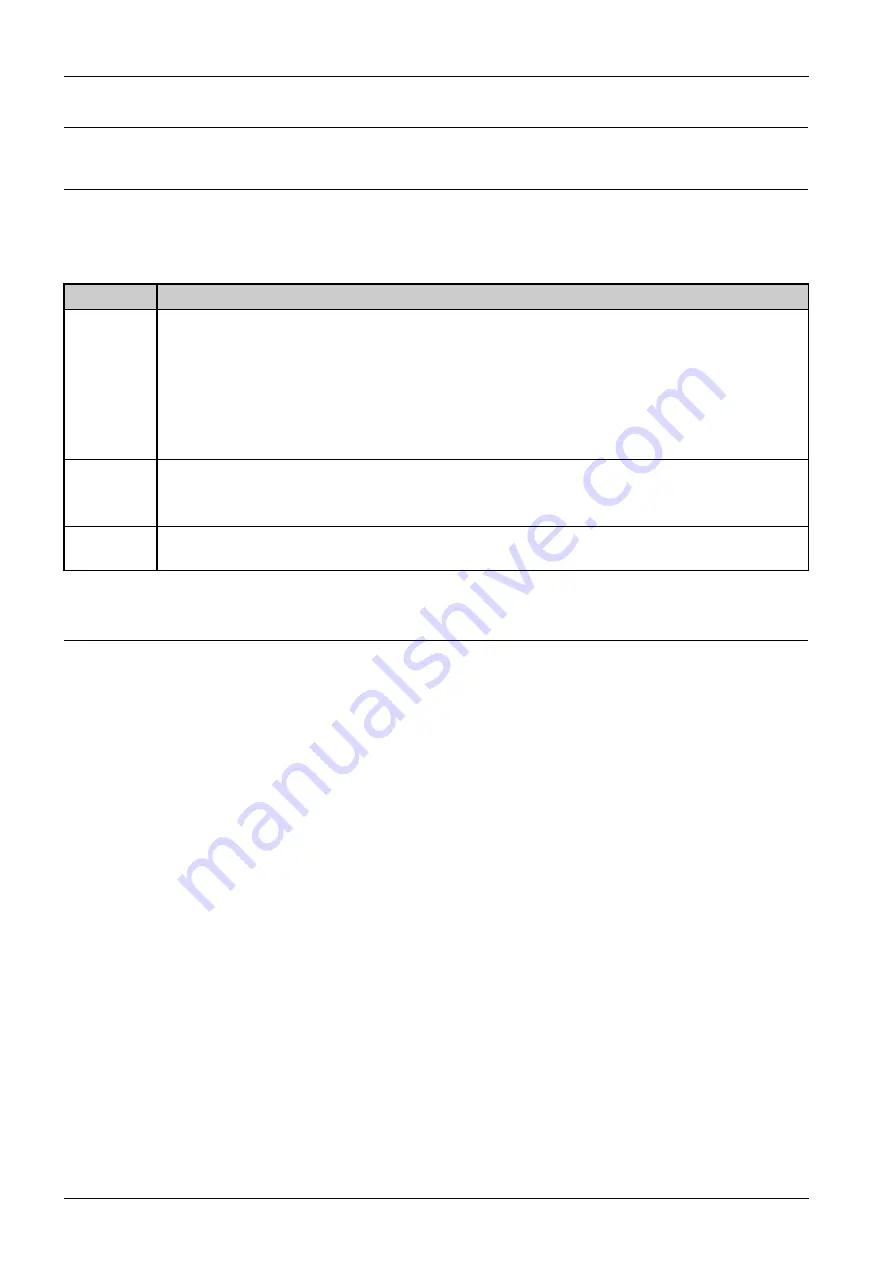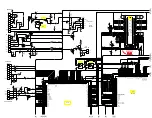
2. Product Specification and description
2.2.6. Engine Firmware Control Algorithm
2.2.6.1. Feeding
If feeding from a cassette, the drive of the pickup roller is controlled by controlling the solenoid. The on/off of the
solenoid is controlled by controlling the general output port or the external output port. Provided below are the jam
conditions for the device:
Item
Description
Paper jam in
tray1
•
After paper pick up initialization, the paper is not fed.
•
After picking up the paper the lead edge does not reach to the feed sensor within a predetermined
period of time, due roller slippage, etc.
•
After picking up the paper from the cassette, if the feed sensor is not detected, a re-pick up
initialization occurs. After re-picking up, if the feed sensor is still not on after a predetermined
amount of time, jam occurs.
•
Even though the paper reaches to the feed sensor, the feed sensor doesn’t be ON.
Paper jam
inside of
machine
•
Even though the paper reaches to the feed sensor, the feed sensor doesn’t not change state.
•
After the tail edge of the paper passes the feed sensor, the lead edge of paper is not detected by the exit
sensor within a predetermined period of time.
Paper jam in
exit area
The trail edge of the paper does not clear the exit sensor within a predetermined period of time.
2.2.6.2. Transfer
The charging voltage, developing voltage and the transfer voltage are controlled by PWM (Pulse Width Modulation). Each
output voltage is changeable due to the PWM duty. The transfer voltage admitted when the paper passes the transfer roller
is decided by environment conditions. The resistance value of the transfer roller is changed when the Temperature and
Humidity Sensor in the device senses a change in the environment. The current to the Transfer Roller is changed using an
AD converter on the HVPS. The voltage value for impressing to the transfer roller is decided by the changed value.
2-29
Copyright© 1995-2017 SAMSUNG. All rights reserved.
















































